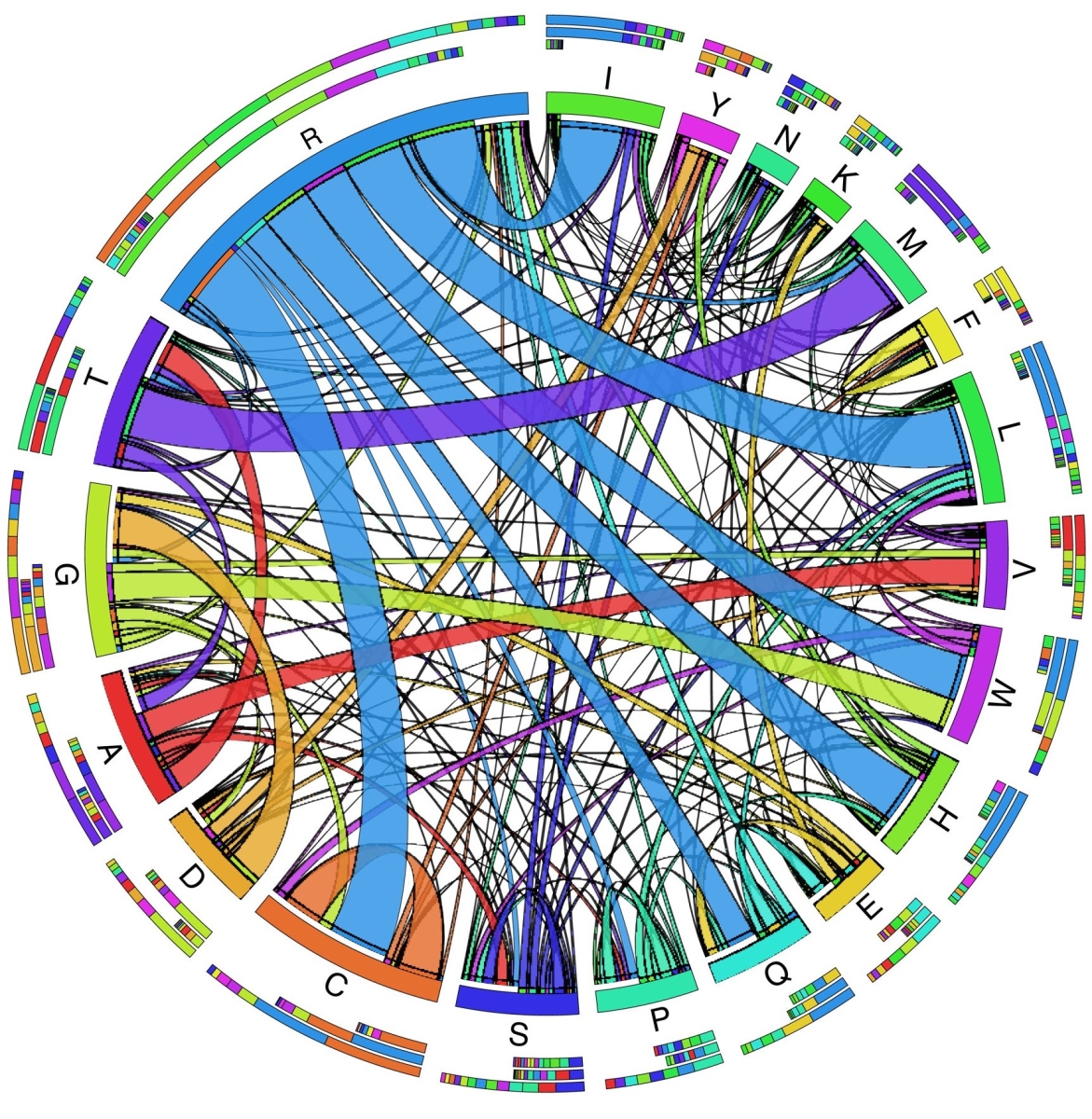Messenger RNA conveys instructions for how to build a protein in the form of codons—sequences of three nucleotides (A, C, G, or U) that correspond to a specific amino acid. The codons CGU, CGC, and CGA, for example, all correspond to the amino acid arginine. During the process of translation, ribosomes move along the messenger RNA, “reading” out the codons and building a chain of amino acids as translational RNAs (tRNAs) deliver them one by one.

It has been observed that certain codons are more prevalent in the human genome than others, but how and why such “codon biases” arise is unclear. At UPMC Hillman Cancer Center, Damon Runyon Physician-Scientist Dennis J. Hsu, MD, and colleagues are looking for answers in the cancer genome—both because understanding cancer DNA evolution is key to developing targeted therapies, and because cancer cells divide and mutate more rapidly than normal cells, making them a useful model to investigate genome evolution.
When Dr. Hsu’s team looked for “codon-switching events,” or mutations that change the codon’s amino acid, across all cancers in The Cancer Genome Atlas, they found a surprising consensus. In all cancers, and especially in colorectal cancers, arginine codons mutate more frequently than any other type. By testing a series of hypotheses, the researchers uncovered an equally surprising explanation: reduced arginine in the tumor environment is enough to induce codon-switching mutations in colorectal cancer cells.
This finding challenges the conventional view of DNA mutagenesis. Environmental factors that cause mutations, such as UV radiation or tobacco smoke, “have generally been thought of as foreign additions to a system,” writes Dr. Hsu. “To our knowledge, this is the first demonstration of directed DNA evolution and selection against specific codons in response to a specific environmental perturbation.”
How exactly does arginine outside the cell determine a cell’s DNA sequence? The team found that, in response to low arginine in the tumor’s environment, the cancer cell adapts by degrading tRNAs that carry arginine and stalling ribosomes over arginine codons. This means that only low-arginine codon-containing genes are translated, resulting in the production of low-arginine-containing proteins. Meanwhile, the imbalance of nucleotides caused by the loss of arginine codons causes even more DNA instability, hastening mutagenesis and resulting in a very mutated proteome.
One way to think of this unexpected causality is in terms of a supply chain disruption. Suppose a supply chain issue results in scarcity of the indigo dye (arginine) used to make blue jeans. In response, a major jeans retailer might lay off the majority of their indigo dye delivery truck drivers (tRNAs) and stop the machines that were making the blue jeans (ribosomes). The designers would then need to change their designs (DNA) and ramp up production of white, black, gray—and perhaps even pink-and-yellow-polka-dotted—jeans. Before long, the store’s catalog (proteome) would look very different.
The finding that amino acid deprivation can change a cancer cell’s genome has numerous implications for colorectal cancer treatment. Codon-based mutations might indicate which tumors are sensitive to amino acid deprivation, and depriving the tumor of arginine, whether through dietary restriction or by modulating the gut microbiome such that there is more competition, merits further investigation as a therapeutic approach.
This research was published in Science Advances.







